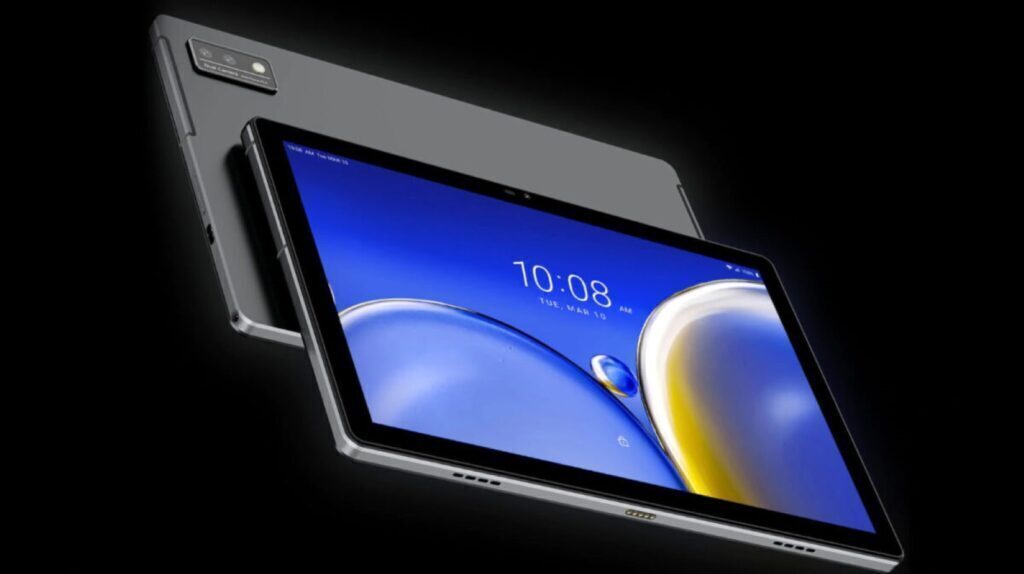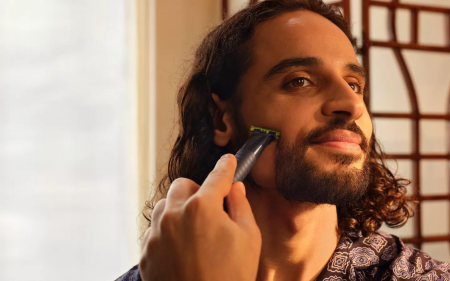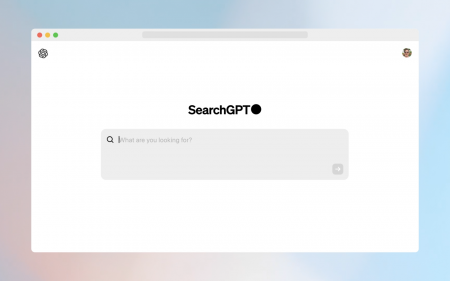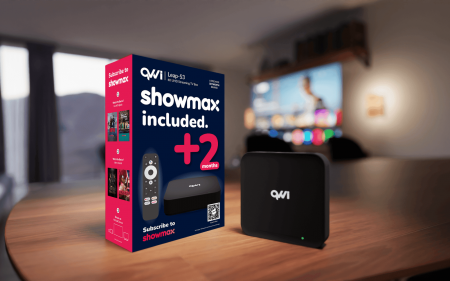HTC announced a new tablet, the A101 Tablet, but oddly enough.. only for the African markets. The A101 launch comes on the heels of HTC’s latest phone, the HTC Desire 2022 Pro. But if you were expecting HTC to offer anything other than base specs for an Android tablet, then prepare to be disappointed.
HTC’s A101 feels like it would sell pretty well – in 2016. But, maybe that’s the point. The fact that HTC is only selling the A101 in emerging markets is telling. Africa is generally poorer than other continents and is less able to afford higher-end tablets. HTC could see launching a cheap tablet as a win.
Meanwhile, a tablet identical in every way will launch in Russia soon. The A100 has everything the A101 has – except the name. We’re not exactly sure why HTC has done this. They probably have their reasons.
Back to the Future
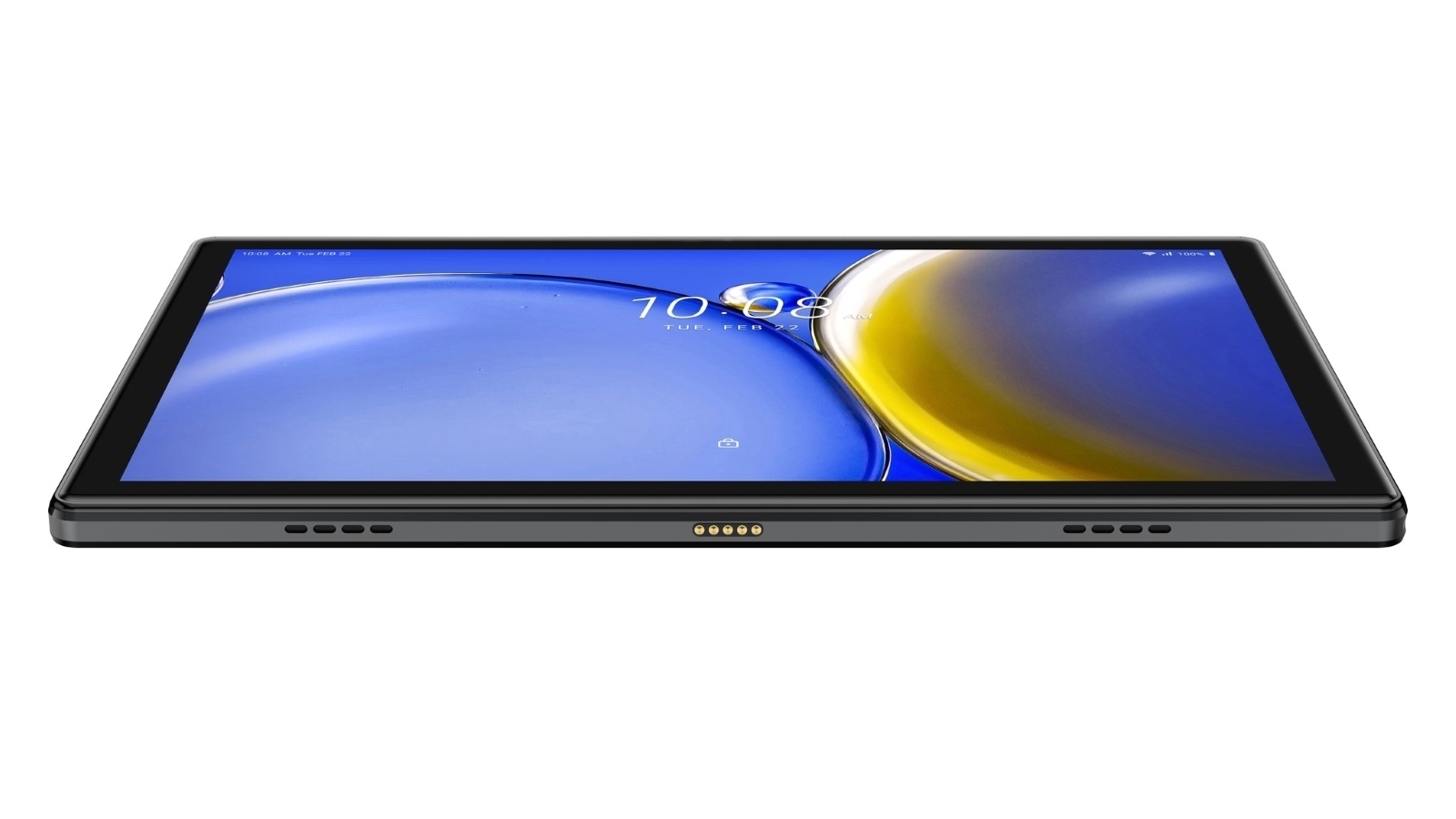 Now, the tablet. The first indication that the A101 isn’t up to scratch is the fact that it ships with Android 11. And no, we don’t know if it’ll be able to upgrade once it reaches the user’s hands. Here’s hoping.
Now, the tablet. The first indication that the A101 isn’t up to scratch is the fact that it ships with Android 11. And no, we don’t know if it’ll be able to upgrade once it reaches the user’s hands. Here’s hoping.
On the inside, the A101 is powered by a Unisoc T1618 SoC, partnered with 8GB of RAM and 128GB of internal storage. There is an option to expand to 256GB with a MicroSD. The 10.1in screen we’re working with sports a 1,920 x 1,200 resolution. This is fine.
There’s a 7,000mAh battery keeping the lights on, and no special fast-charge abilities. It does use a USB-C connection though, which is the first thing the A101 has gotten right. Bluetooth 5.0 and dual-band Wi-Fi are included too.
Lastly, the cameras. The primary rear camera is 16MP, while the front-facing is a whopping 5MP which HTC says can unlock your tablet using facial recognition. The A101 cameras are just kind of… there. It’s not much different from most tablets in this respect.
Not the prettiest
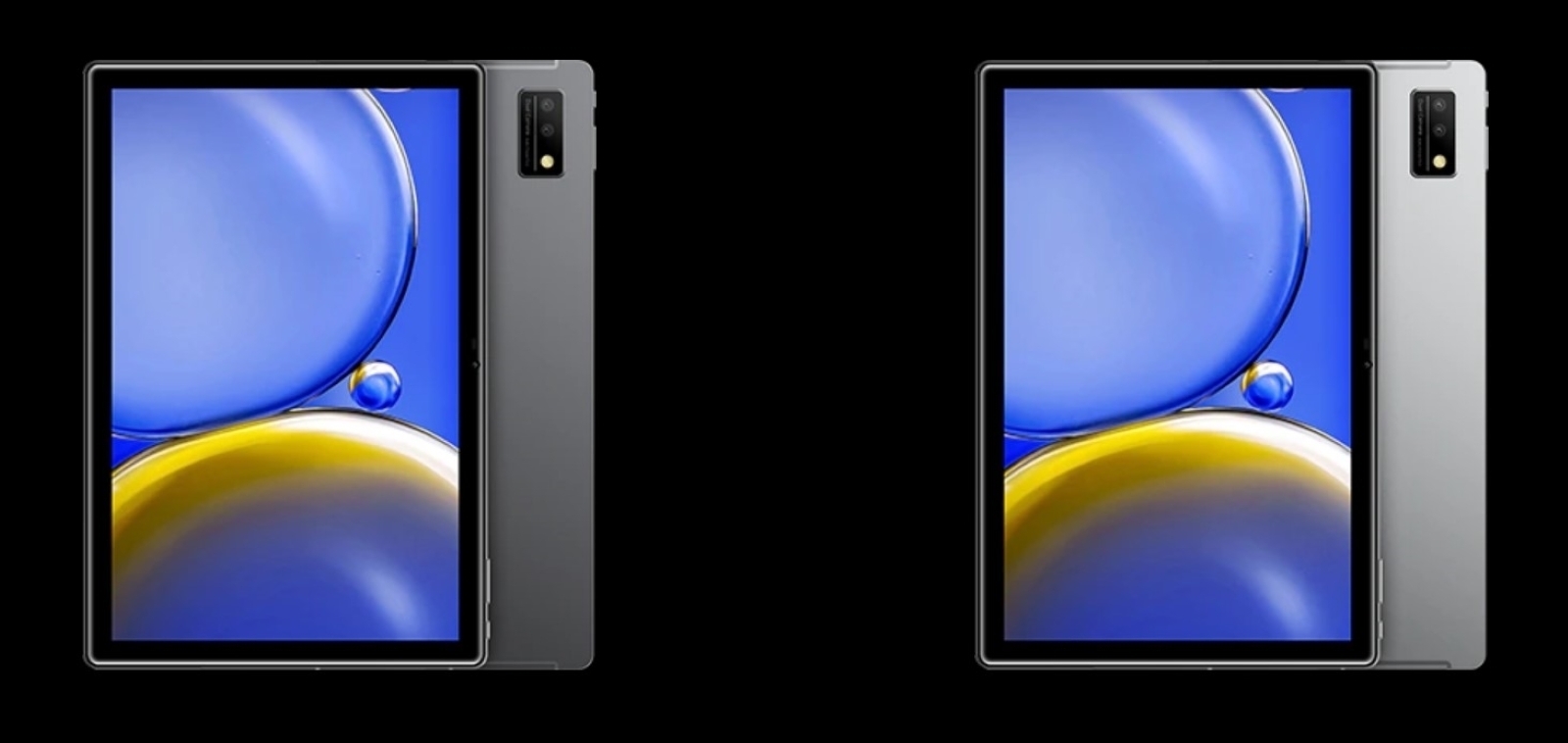
You’d hope that a tablet like this would look even slightly attractive. Sadly, it doesn’t. There’s a choice of two colours for the A101 – Silver and Grey. The tablet is 8.4mm thick and weighs 530 grams. This wouldn’t be so bad if the tablet did anything interesting on the outside. Instead, we’re left with clunky-looking bezels and an overall uninteresting design.
Read More: Stuff’s Top Five Tablets (at the moment)
Despite all that, the A101 may sell well in Africa. If not ‘well’, it’ll certainly do well enough to keep the tablet train going for HTC. And Russia? Well, who knows what goes on over there.
At the time of writing, HTC has only released pricing for the A100 and not the A101. The A100 will cost 21,000 Rubles, which is close on R5,600 in South African money. The A101 should feature similar pricing once it officially hits shelves, which should be very soon for African markets in general.
Source: Android Central

